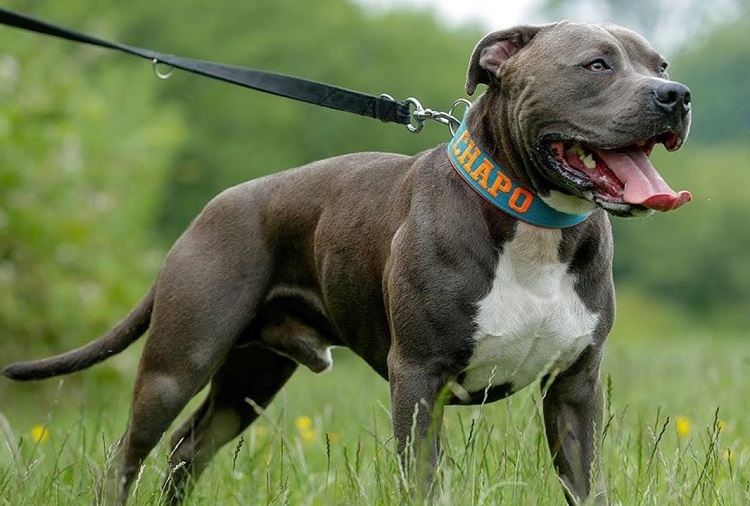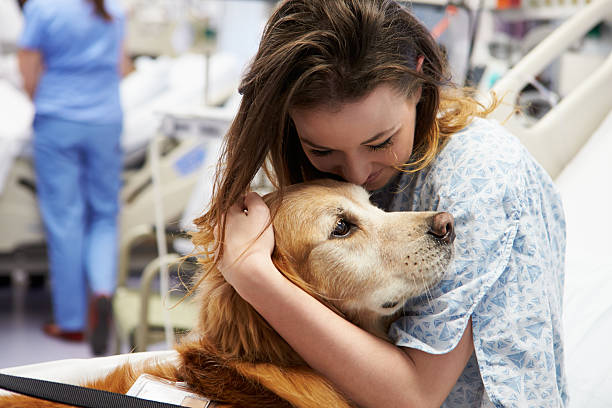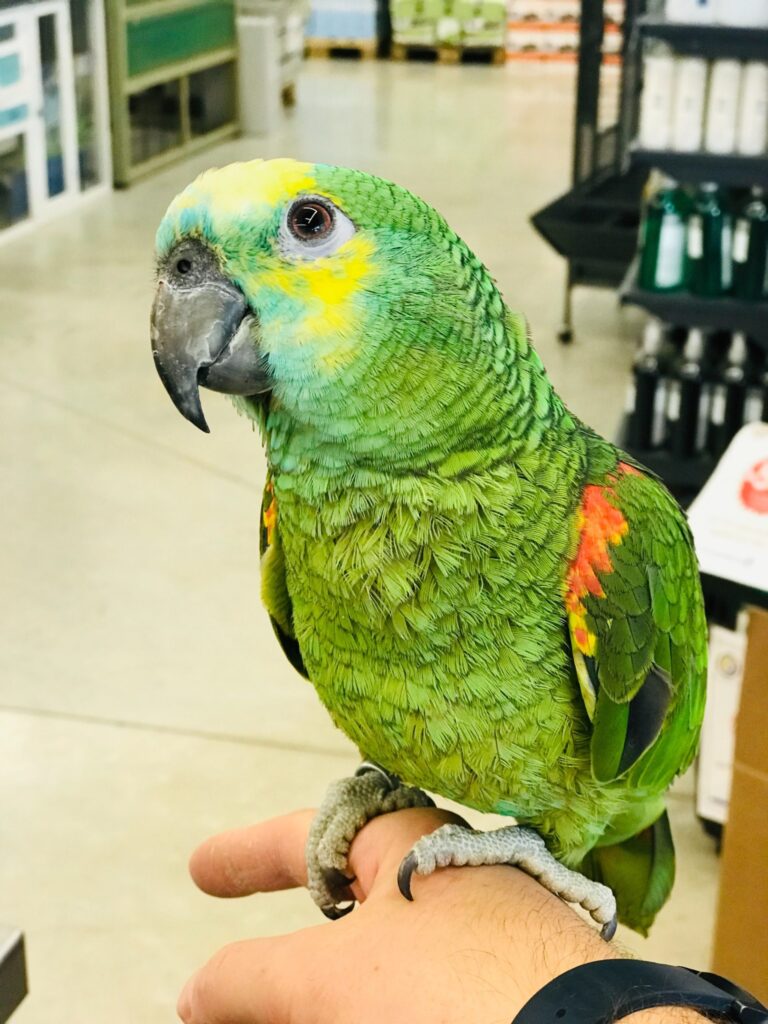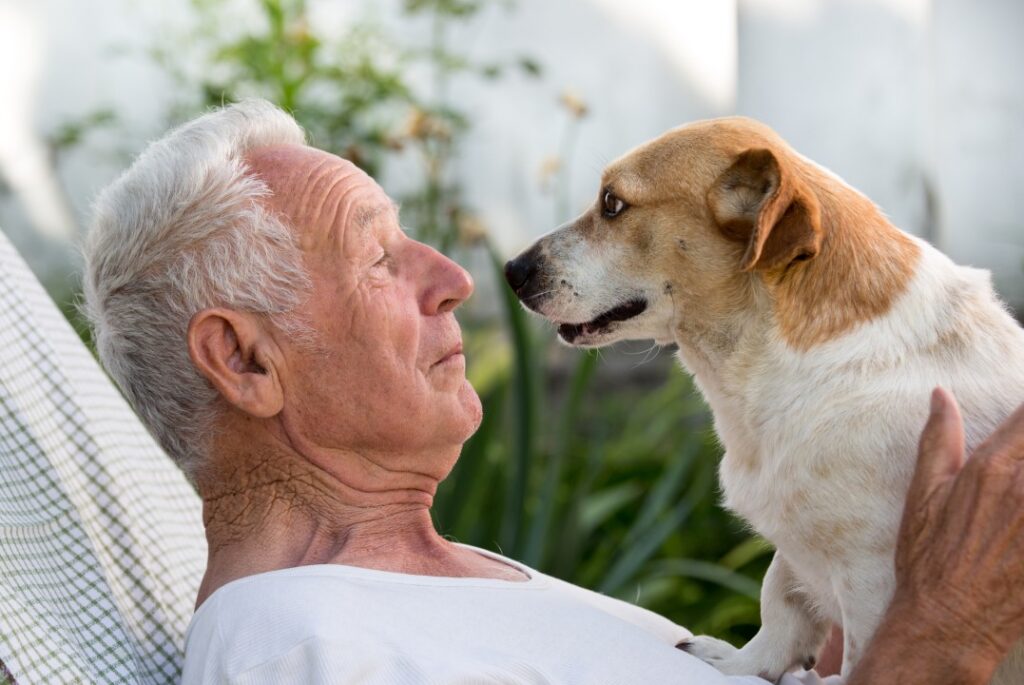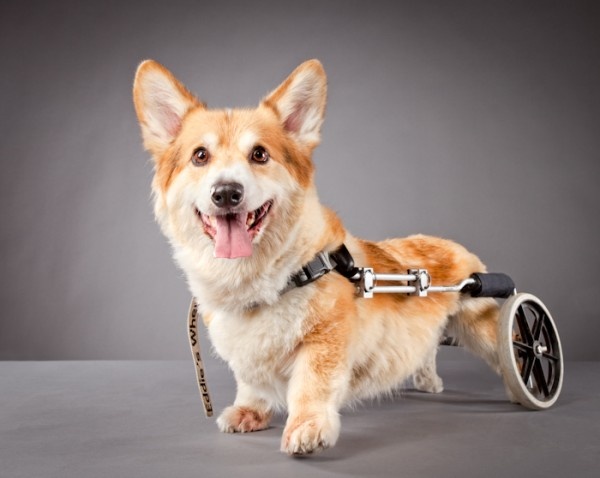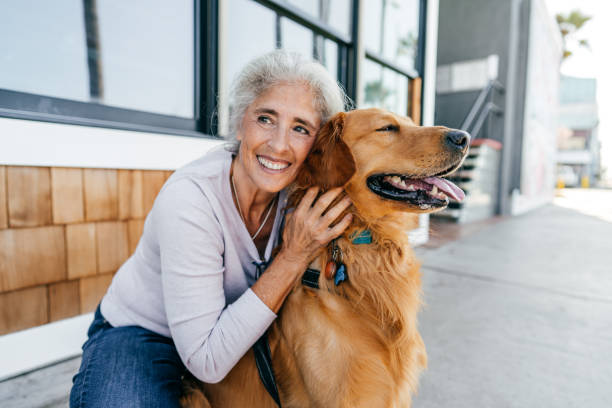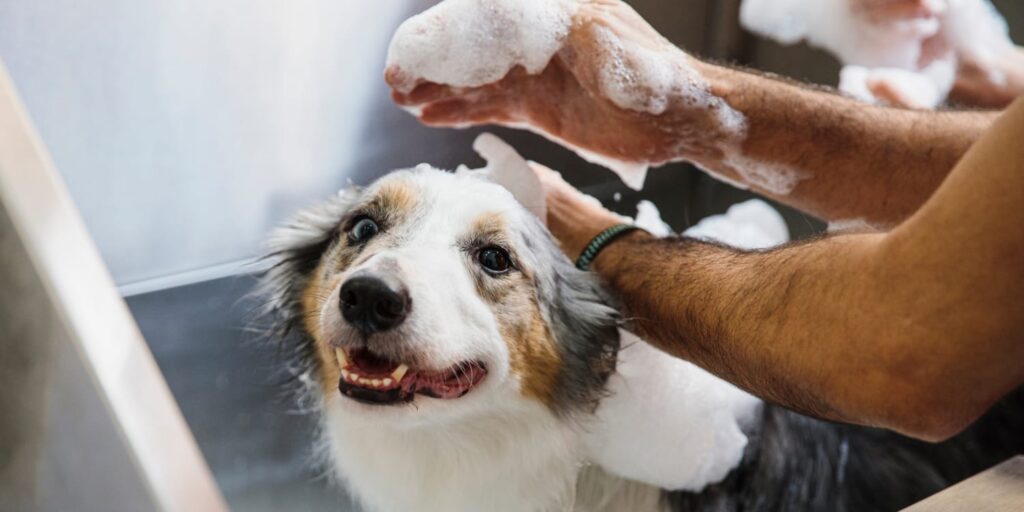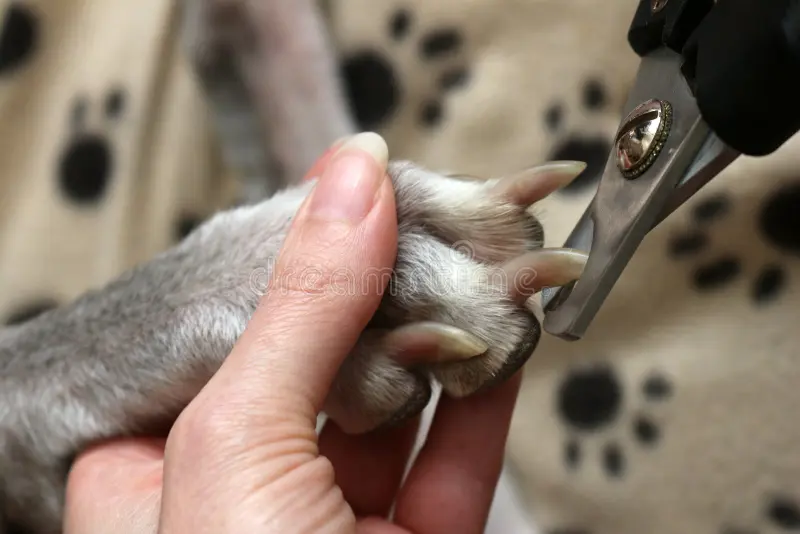Hospice Care for Pets: What Pet Owners Should know

When our beloved pets reach the end of their lives, it’s natural to want to provide them with comfort, dignity, and love. Hospice care for pets aim to enhance a pet’s quality of life and comfort during their final stages, allowing them to live until their natural end while maintaining dignity and well-being.
The focus is on maximizing their comfort and happiness while managing symptoms and pain, ensuring they experience minimal distress. This approach prioritizes compassionate and supportive care, offering emotional support not only to the pet but also to their human companions.
It involves regular monitoring, pain management, nutritional support, and adjustments in living arrangements to accommodate their changing needs. Ultimately, the goal is to provide a peaceful and dignified transition when the time comes.
In this article, we’ll explore what hospice care for pets entails, how to prepare for it, and how it can provide support to both pets and their owners during this challenging time.
Understanding Hospice Care for Pets
The hospice model in human medicine involves accompanying the dying person until their natural end. However, with animals, we acknowledge that it’s unnecessary for them to suffer pain and discomfort until death.
We have the chance, duty, and responsibility to utilize palliative care methods, enabling pets to live out their lives until the end, and when their quality of life becomes too burdensome, to offer them a serene and painless transition from this world.
- What is Hospice Care for Pets?
Hospice care for pets is a specialized form of veterinary care that focuses on maintaining a pet’s quality of life and managing symptoms as they near the end of their life. It aims to keep pets comfortable and pain-free in their own home environment, surrounded by familiar faces and objects.
- When is Hospice Care Considered?
Hospice care for pets is typically considered when a pet has been diagnosed with a terminal illness, has a life-limiting injury, or is in the advanced stages of old age. It is a compassionate option for pet owners who wish to provide their pets with comfort and support during their final days.
Preparing for Hospice Care
- Consultation with Veterinarian
The first step in preparing for hospice care is to consult with a veterinarian who specializes in end-of-life care. During the consultation, the veterinarian will assess your pet’s condition, discuss treatment options, and help you develop a personalized care plan tailored to your pet’s needs.
- Understand Your Pet’s Condition
Educate yourself about your pet’s diagnosis, prognosis, and symptoms. This knowledge will help you make informed decisions about their care and treatment options.
- Creating a Comfortable Environment
Creating a comfortable and supportive environment is essential for hospice care. Ensure that your pet has access to soft bedding, plenty of water, and a quiet space where they can rest undisturbed. Keep their living area clean and free from hazards to prevent accidents and discomfort.
- Developing a Care Plan
Work with your veterinarian to develop a comprehensive care plan for your pet’s hospice care. This plan may include medication management, dietary adjustments, physical therapy, and palliative care techniques to keep your pet comfortable and pain-free.
Providing Comfort and Support During Hospice Care
- Pain Management
One of the primary goals of hospice care is to manage your pet’s pain and discomfort effectively. Your veterinarian may prescribe pain medications or other palliative treatments to alleviate your pet’s symptoms and improve their quality of life.
- Assistance with Daily Activities
As your pet’s condition progresses, they may require assistance with daily activities such as eating, drinking, and mobility. Provide gentle assistance and support as needed, ensuring that your pet feels safe and comfortable at all times.
- Emotional Support for Pet Owners
Hospice care not only focuses on the physical well-being of pets only but also provides emotional support for pet owners during this difficult time. Your veterinarian and support staff can offer guidance, empathy, and reassurance as you navigate the challenges of caring for a terminally ill pet.
Quality of Life Assessment
- Monitoring Pet’s Condition
Regular monitoring of your pet’s condition is essential to ensure that their quality of life is maintained. Keep track of any changes in behavior, appetite, mobility, or overall comfort level, and communicate these observations to your veterinarian.
- Adjusting Care Plan as Needed
As your pet’s condition changes, be prepared to adjust their care plan accordingly. Your veterinarian may recommend modifications to medication dosages, dietary restrictions, or supportive therapies to address your pet’s evolving needs and maintain their comfort and well-being.
Coping with End-of-Life Decisions
- Grief and Bereavement Support
Coping with the impending loss of a beloved pet can be incredibly challenging. Seek support from friends, family, support groups, or mental health professionals who can offer guidance, empathy, and understanding during this difficult time.
- Honoring Your Pet’s Memory
After your pet has passed away, take time to honor and celebrate their life in meaningful ways. Create a memorial, plant a tree in their honor, or make a donation to a pet charity in their name to commemorate the special bond you shared.
- Seeking Support from Pet Community
Seeking support from the pet community is crucial during challenging times such as caring for a terminally ill pet or coping with pet loss. One avenue for support is through online forums and social media groups dedicated to pet care, hospice, or bereavement. These platforms offer a safe space for sharing experiences, asking questions, and receiving emotional support from individuals who understand your situation.
Local pet support groups and organizations also play a significant role, offering counseling, workshops, and support meetings. They provide valuable information on pet hospice care, end-of-life decisions, and grief coping strategies. Veterinarians are another essential source of support, offering guidance on pain management, end-of-life care, and connecting pet owners with specialists or counselors when needed.
Pet loss hotlines and counseling services provide emotional support and strategies for navigating grief. Participating in pet memorial services or creating a memorial can be a meaningful way to honor a pet’s memory and find closure. Accessing educational resources empowers pet owners with knowledge to make informed decisions about their pet’s care and their own well-being.
Conclusion on Hospice Care for Pets
Hospice care for pets offers a compassionate and dignified approach to end-of-life care, focusing on providing comfort and support to pets and their owners during their final days together.
By working closely with a veterinarian and providing love, comfort, and understanding, pet owners can ensure that their beloved companions receive the care and compassion they deserve in their final moments.
Senior Pets -Important Regular Check ups
FAQ
What is Hospice care for pets?
Hospice care for pets, also known as animal hospice, is a compassionate approach to caring for terminally ill or elderly pets in their final stages of life
How long do dogs stay in hospice?
The duration of hospice care for pets varies based on their health status. Pets diagnosed early in a disease process can live comfortably for months or even years under hospice care. Conversely, pets in more advanced stages of their illness may require hospice care for a shorter period, typically ranging from a month to a few months.
How do you know when a dog is at end of life?
As dogs near the end of life, they often experience breathing difficulties. This can manifest as changes in their breath rate, either faster or slower, as well as alterations in the sounds of their breathing, which may become harsher or quieter. These breathing issues are common indicators that a dog is reaching the final stages of life.






